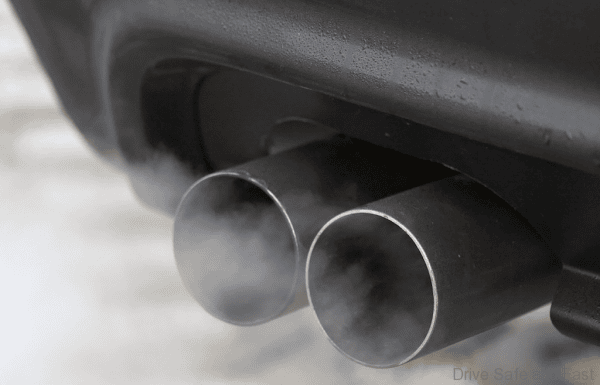Polestar-Rivian Research: The World Is Going To Miss Its Emissions Target At This Rate
Polestar & Rivian put research into it and it looks like bad news for the human race.
*cover art generated by dale.e 2
The International Energy Agency has estimated that there is approximately 500 GtCO2 (billion tonnes of carbon dioxide)-equivalent of emissions budget left before 2050 in order to stay below a global 1.5-degree Celsius temperature increase that would lead to irreversible climate change and environmental damage. The pathway to 1.5 degrees for the passenger vehicle industry is tight and Polestar and Rivian, two rival electric vehicle companies have done the math to show just how tight it is.

This report by Polestar and Rivian shows that fully transitioning to battery electric vehicles and fully powering them with fossil-free energy will not be enough to stay below 1.5 degrees. The industry must simultaneously tackle all three areas: transition to zero emission vehicles, provide fossil-free power for use phase, and reduce supply chain emissions at an accelerated pace.

The report suggests that to stay on a 1.5-degree pathway, the share of battery electric vehicles in sales must grow from 6% to close to 100% by 2032. This will require overcoming operational hurdles and addressing the top three barriers to adoption: charging logistics, range anxiety, and cost. The source of electricity used to charge battery electric vehicles must shift from 39% fossil-free electricity to 100% by 2033. The report suggests that vehicle manufacturers have the opportunity to influence consumer behavior towards a fossil-free energy transition.

There’s also the supply chain that must improve. Today, supply chain emissions for an EV are approximately 35 to 50 percent higher than for ICEs mostly due to battery production. The green house gas emissions must reduce by 81 percent by 2032 to stay on target. This is an enormous task. The largest footprint comes from batteries, steel and iron, and aluminum used in vehicles, more specifically the amount and type of energy used in manufacturing.

The report concludes that the automotive industry must take collective action to simultaneously tackle all three areas of transition to zero emission vehicles, fossil-free power provision for use phase, and reduction of supply chain emissions in order to stay on a 1.5-degree pathway.

Closer to home, the Malaysian government must ask itself if tax-free electric vehicles solves the entire problem or if more can be done on a larger scale. Coal and natural gas are still significant in energy generation. Almost all electric vehicles and their components are imported from around the world, leading to increased carbon emissions in vehicle delivery.